|
This large 60x40 painting is inspired from am amalgamation of several different tree burials from the Nordic Bronze Age. Tree trunk, or log coffins were not an uncommon way for elites to be buried. Versions of the practice have been found in Europe, Africa, China and even Australia. In Europe, it was practiced from prehistoric times all the way up to the Medieval period. The first time I saw an image of a tree burial, what grabbed my attention is the thought of something so grand, and well, so vertical would be felled, and buried beneath the earth, eternally horizontal, to intern the dead. With a modern, conventional coffin, the tree is no longer a tree, but a series of dressed planks, fashioned into a box.
The Egtved Girl In 1921, near the town of Egtved, a farmer dug and spread soil from a mound on his farm. In it he found a large, recumbent oak tree trunk. Log coffins had been being unearthed for about a century in Denmark, so, he knew what he had run into. He wrote a letter to the National Museum of Denmark, telling them what he’d found, with a request that they hurry up and come take a look, because, after all, he had work to do.
Grave Goods Egtved Girl's age and gender are unique in such a rich grave. From her teeth, we can tell she was about 16-18 years old when she died. In the coffin with her are:
But it is her clothing that makes her so famous. She wore a short, wool blouse. She had a quite short skirt made up of cords, so that when she moved, you could probably see her nether regions through it. (This caused a scandal back in 1921 when it was discovered!) But her signature fashion feature was her bronze belt plate.
My Creative Process In making Tree Burial, I chose to include elements from various tree burials, though Egtved is the main one.
These I traced onto my panel using transfer paper, which I then re-drew with pencil and paint. Next I worked on that belt plate. I painted it with bronze colored paint. It looked quite arresting there, near the center of the painting! Getting the spirals correct took a bit of time. Life, Death and Wonder Presumably, we make art so that someone will hang it on their wall. So, sometimes I have to pause and ask myself; why would someone want a large painting of a burial, no matter how interesting it might be? In my series, Archeology Art, I find myself dealing with some pretty macabre subjects, such as burials and remains. But I guess, I just don't experience them that way. In pre-modern times, death was all around us, all the time. The loss of a loved one is difficult for anyone, regardless of how frequently death visits. However, people in the past seemed to have a very different relationship to human remains, handling them with aplomb, even with creativity. They dressed them, provided for them, moved them around, took them from one grave to another, disarticulated their bones, even took pieces of them home to live with them and their families, a sort of eternal house guest. Our modern world has moved away from this cozy relationship with the dead. This shift is understandable; it's human nature to avoid pain, especially the existential terror that accompanies losing someone. And yet, it is just another way that we have been cut off from the natural world. In Tree Burial I, I blend elements of death (coffin, corpse,) and life (tree, yarrow, sun-spirals,) along with tokens from the modern excavation. I creatively explore the theme of the life/death cycle in my unique, modern way. Video of My Cool Compass...
0 Comments
Leave a Reply. |
Take a Closer Look.
Here is an intimate, in depth glimpse into my thoughts, inspiration and artistic process. Categories
All
Not seeing what you're looking for? My previous blog on blogspot can be found HERE.
|
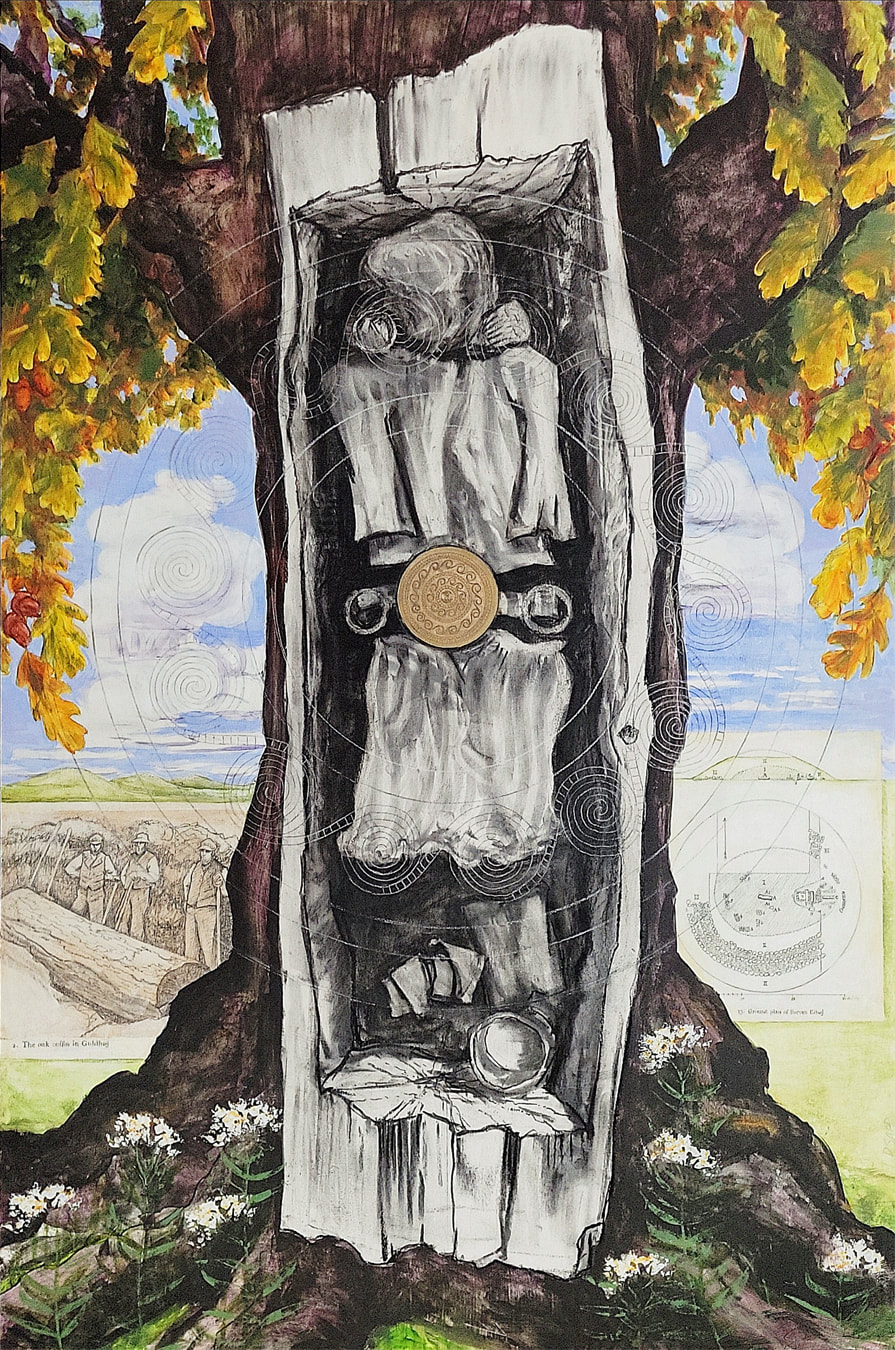

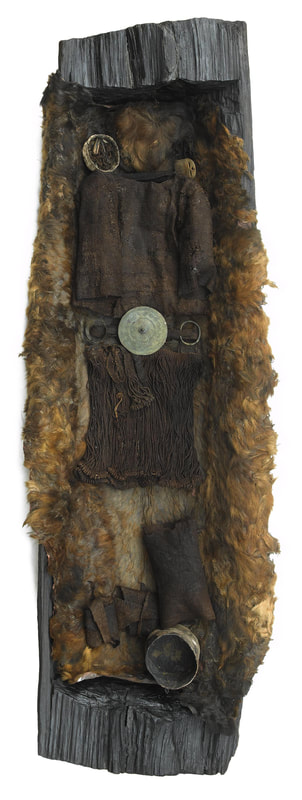
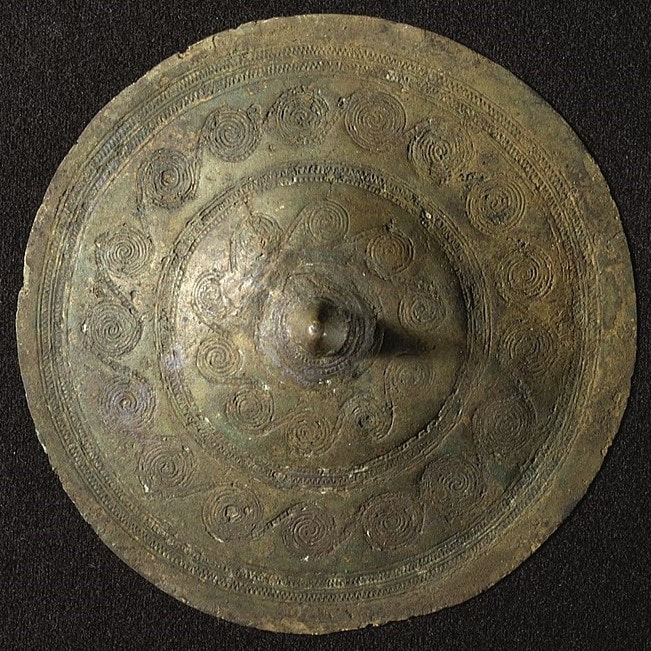
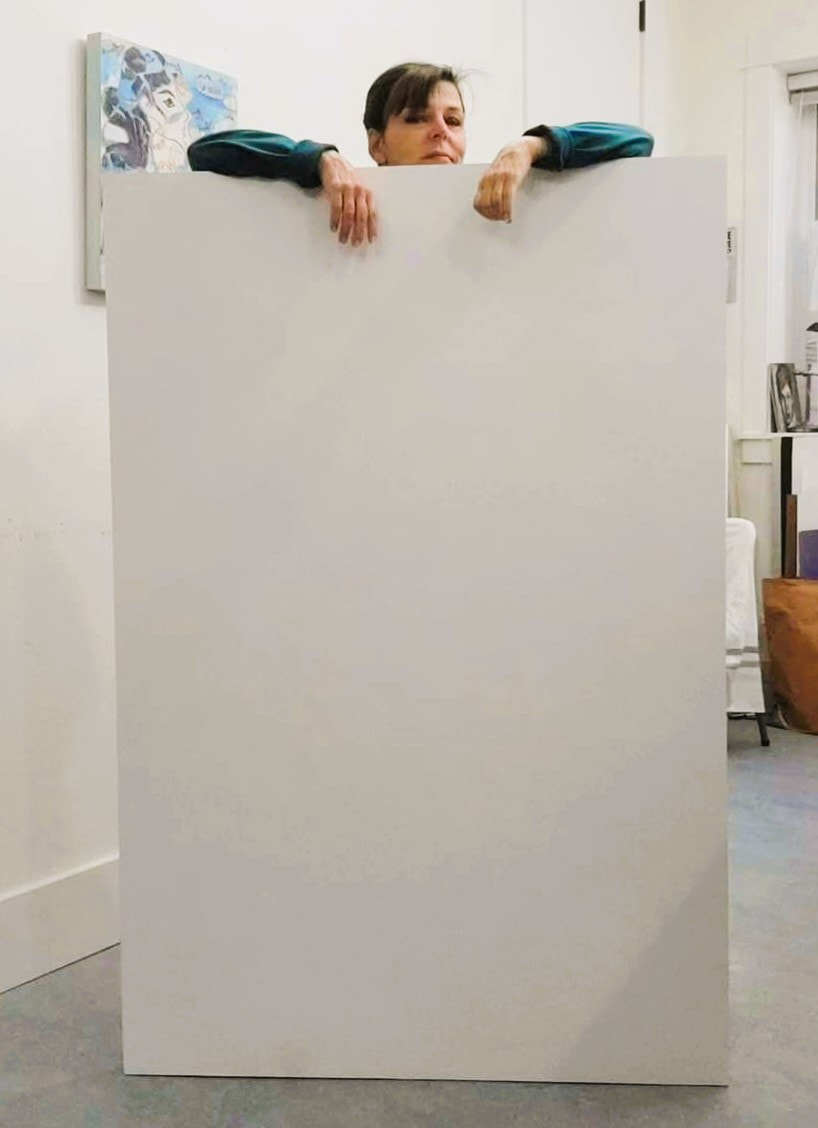
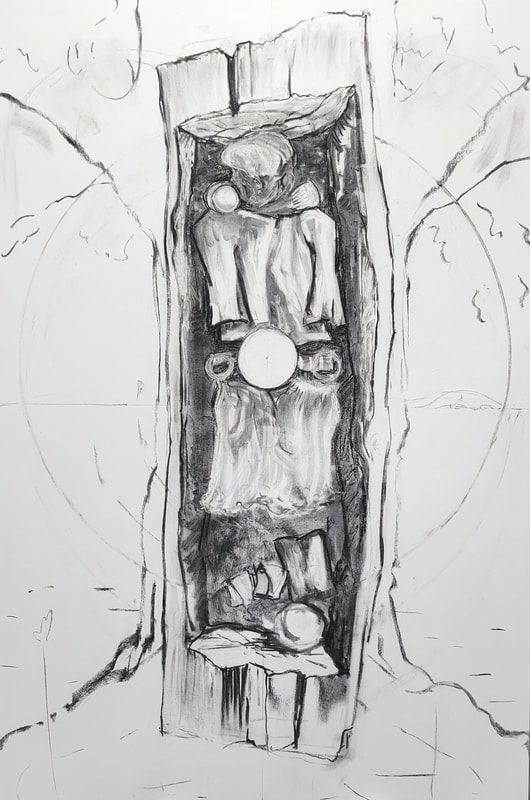
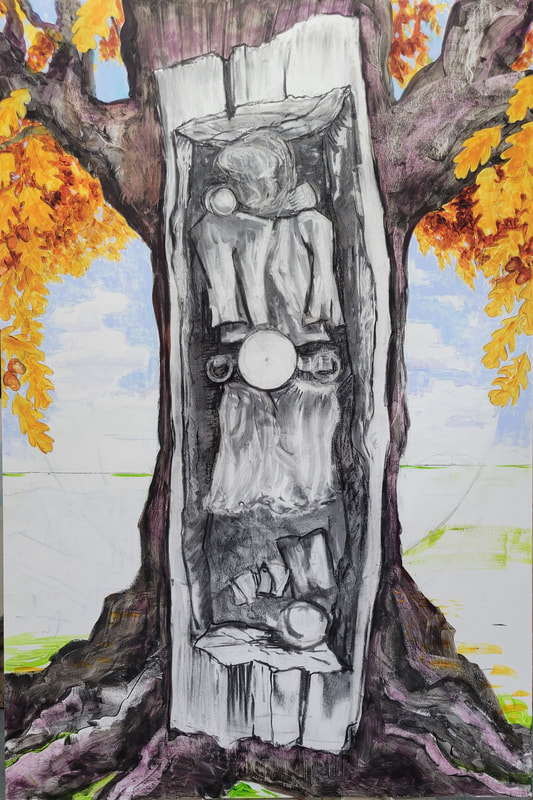
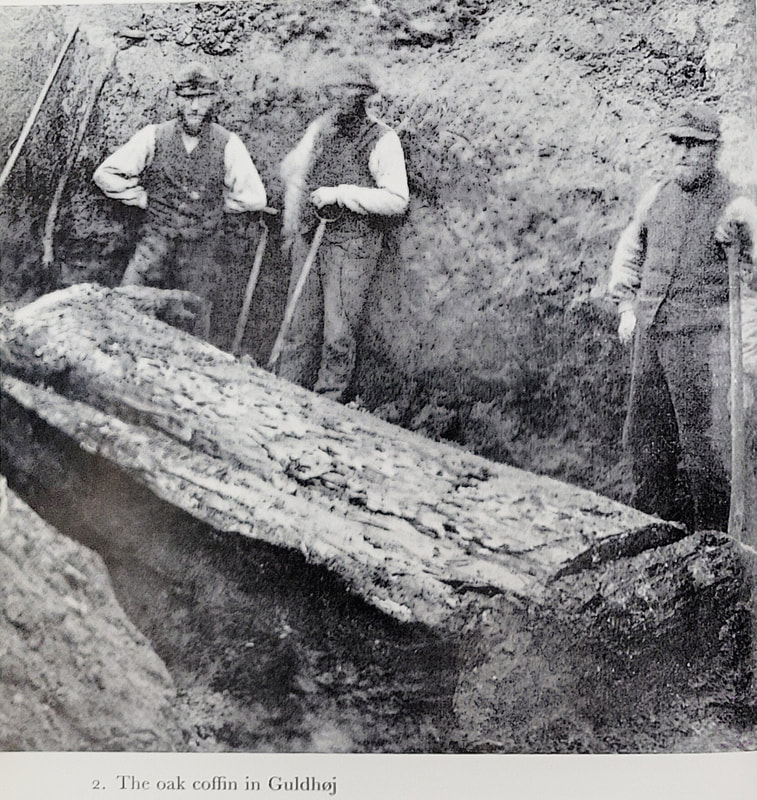
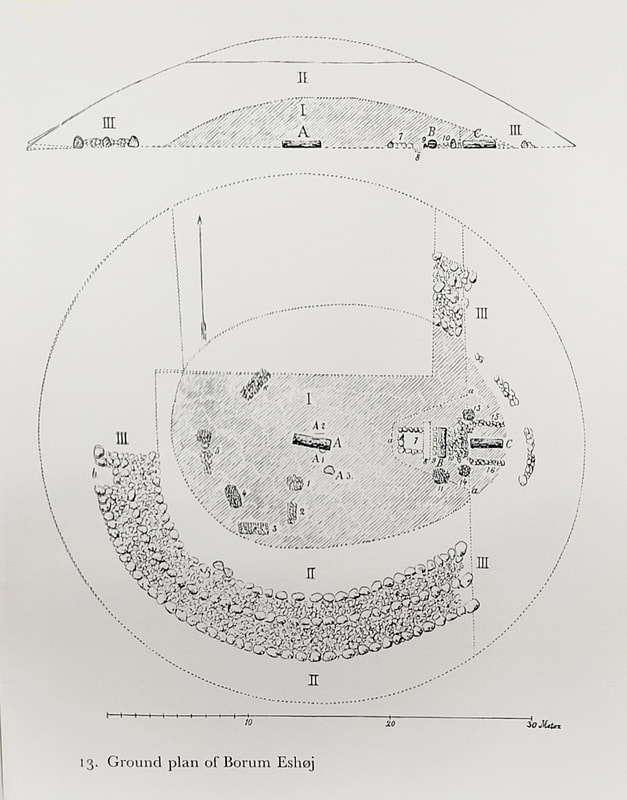


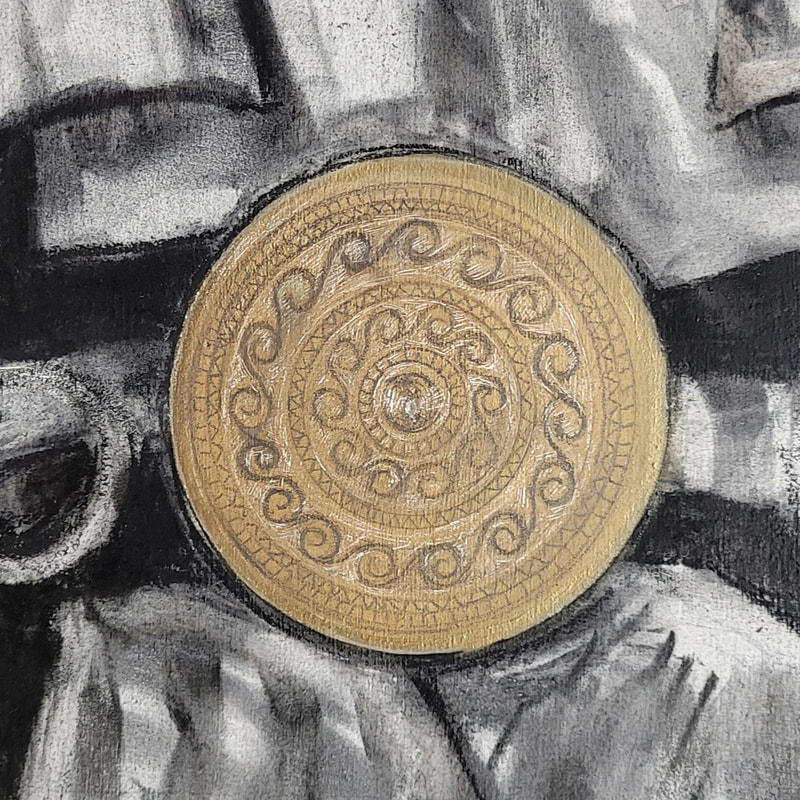

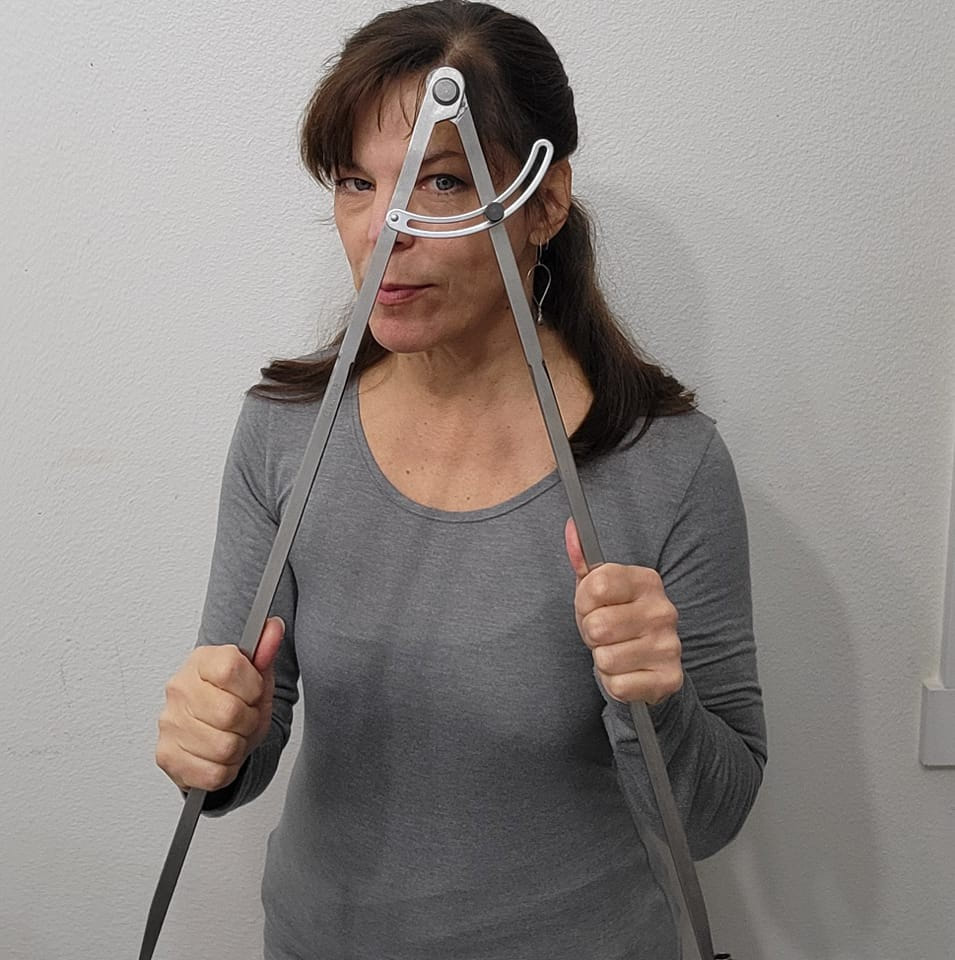
 RSS Feed
RSS Feed